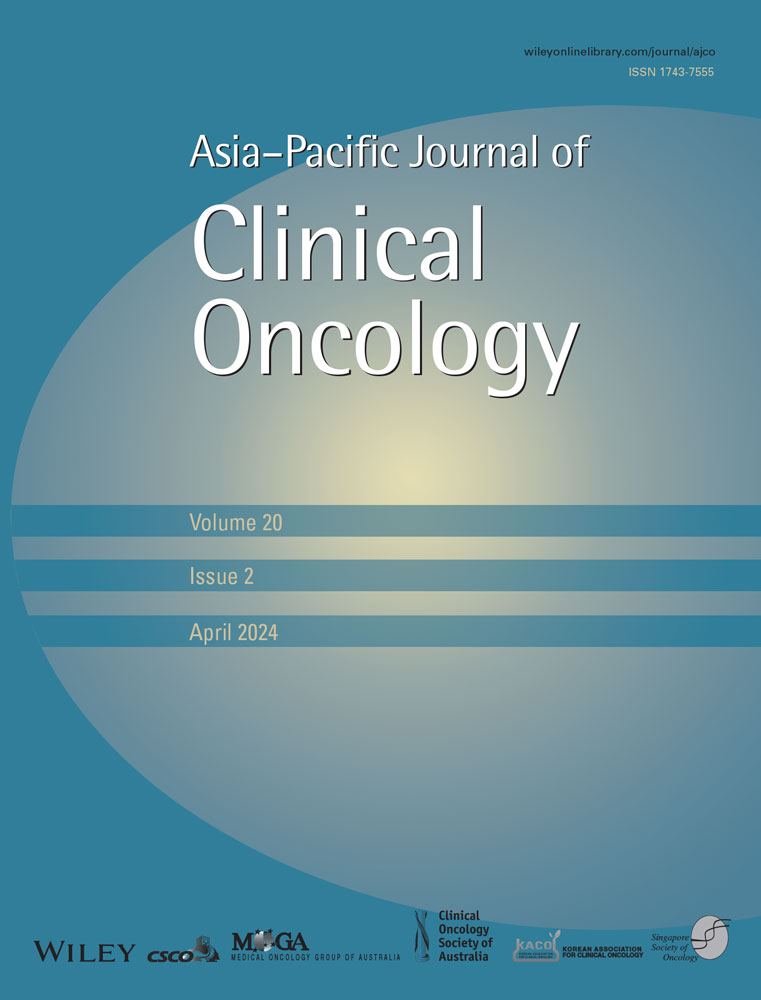Functional results and feasibility of a teleprehabilitation program in patients who are candidates for elective colorectal cancer surgery during the COVID-19 pandemic
Abstract
Aim
To assess the value of a prehabilitation program adapted to the current COVID-19 pandemic using a teleprehabilitation modality in a public Latin American hospital.
Methods
The medical records of candidates for elective colorectal cancer surgery (CRC) and who completed a teleprehabiltation program were analyzed. Sociodemographic, clinical, and functional variables were analyzed, such as cardiorespiratory capacity with the sit-to-stand test (STST), independence in activities of daily living with the Barthel index, balance with the five-times STST (FSTST) and fatigue with Brief Inventory Fatigue (BFI). The feasibility of the program was analyzed in terms of recruitment, retention, user satisfaction, and reporting of adverse events.
Results
Of 107 people recruited, 57 completed the program (54%, 68.78 ± 12.36 years). There was a significant difference in the BFI, FSTST, and STS 1-min scores after the intervention (p < .01), with an effect size (Cliff's delta) that varied between −.13 and .21. There were no differences in the Barthel index score. In relation to the viability of the program, 99% of patients referred for surgery could be recruited into the program, with 53% retention. Regarding user satisfaction with the program, seven items (77.7%) were rated as “very satisfied,” and two items (22.3%) as “satisfied.” No adverse events were recorded.
Conclusion
The structured prehabilitation program adapted to teleprehabilitation for CRC candidates for surgery was effective in optimizing functional results prior to surgery and was feasible to implement in a public hospital with limited resources during the COVID-19 pandemic.
CONFLICT OF INTEREST
The authors declare that there is no conflict of interest.
Open Research
DATA AVAILABILITY STATEMENT
Data are available upon request from the corresponding author.




